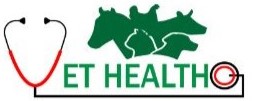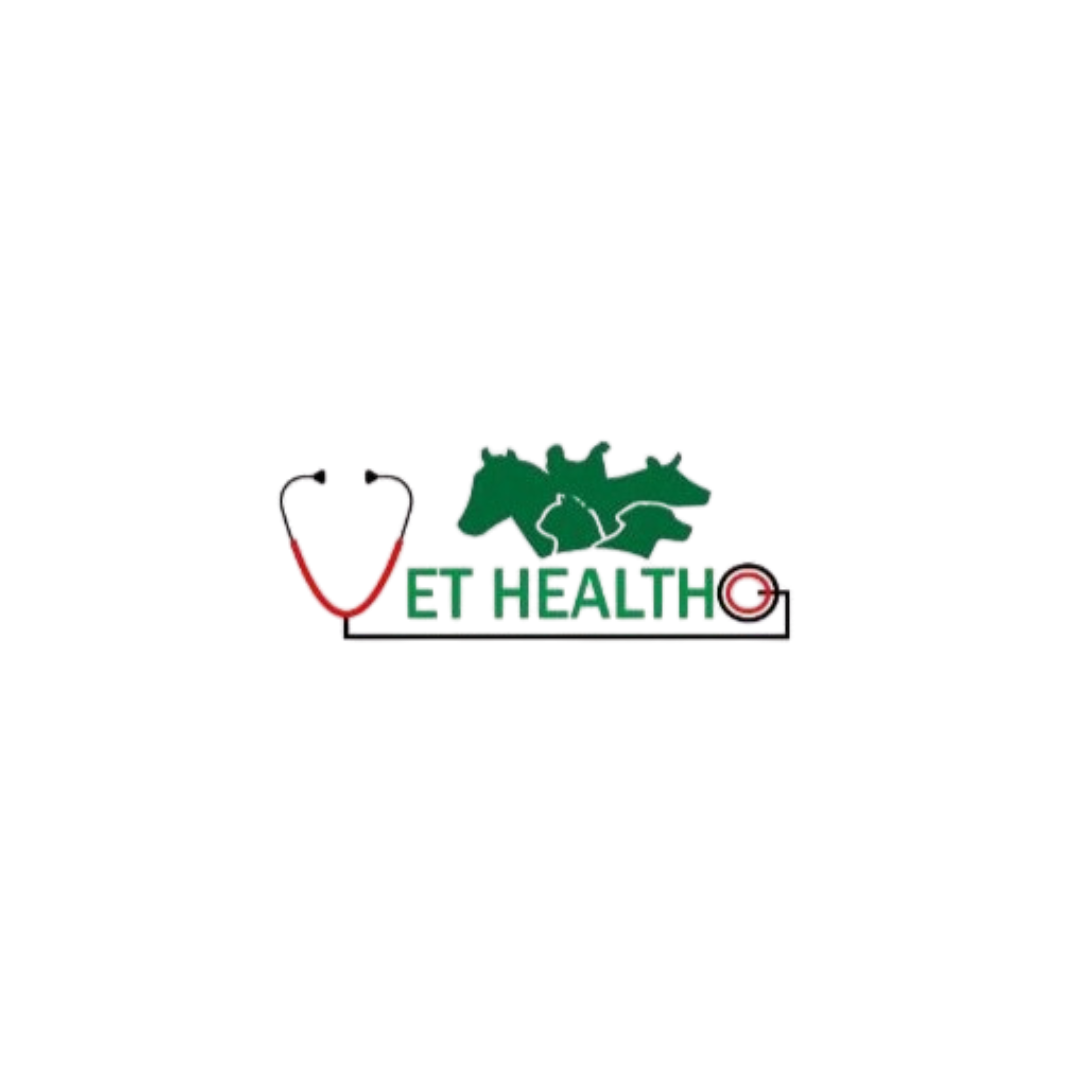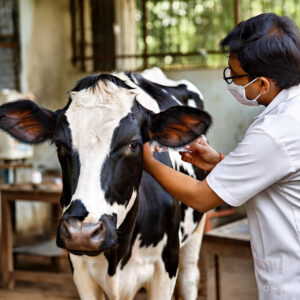Seasonal green fodder management is essential for ensuring continuous and balanced nutrition for livestock, especially in regions where climatic conditions and land availability affect fodder production. Efficient fodder planning not only supports animal health but also reduces feed costs and enhances the profitability of dairy and livestock farming.
🌱 Why Seasonal Green Fodder Management Matters
Green fodder is rich in moisture, protein, energy, vitamins, and minerals that are critical for the growth, health, and productivity of cattle, buffaloes, goats, and sheep. However, green fodder availability is highly dependent on the season, with periods of surplus during certain months and scarcity in others.
If farmers do not manage seasonal fodder efficiently, animals may face nutritional deficiencies during lean months, leading to reduced milk yield, poor body condition, reproductive failures, and increased susceptibility to diseases. Therefore, farmers must plan fodder production, preservation, and utilization based on seasonal variations.
🌾 Suitable Green Fodder Crops for Each Season
✅ Kharif (Monsoon/Rainy Season – June to September)
During this season, warm and wet conditions favor the growth of:
- Maize (Zea mays) – A good source of energy; ideal for silage making.
- Sorghum (Jowar) – High-yielding and drought-resistant.
- Bajra (Pearl Millet) – Suitable for arid regions; can be mixed with legumes.
- Hybrid Napier Grass (Napier-Bajra hybrid) – Perennial; gives multiple cuts per year.
- Guinea Grass – Grows well in humid conditions.
✅ Rabi (Winter Season – October to February)
Cooler temperatures favor protein-rich fodder crops such as:
- Berseem (Egyptian Clover) – Known as the king of fodder crops; highly nutritious.
- Lucerne (Alfalfa) – Perennial legume with high protein and mineral content.
- Oats (Avena sativa) – Good for green cutting and silage.
✅ Summer (March to May)
Heat-tolerant green fodder options include:
- Cowpea (Vigna unguiculata) – A fast-growing legume; enriches soil fertility.
- Sunhemp (Crotalaria juncea) – Provides green manure and fodder.
- Hybrid Napier (continued cutting) – Keeps supplying green fodder through summer.
🌤 Best Practices for Seasonal Fodder Management
👉 Mixed Cropping
Combining cereals (like maize or sorghum) with legumes (like cowpea or berseem) improves the nutritional profile of fodder and enhances soil nitrogen levels.
👉 Staggered Sowing
Sowing fodder crops at different intervals extends the harvest window, ensuring fresh green fodder availability over a longer duration.
👉 Silage and Hay Making
Preserve surplus green fodder during periods of abundance by converting it into silage or hay. Silage made from maize or sorghum ensures fodder availability during the off-season.
👉 Perennial Pasture Development
Establishing perennial grasses like guinea grass, hybrid napier, and stylo in marginal lands provides year-round green fodder with low input costs.
👉 Utilization of Tree Fodder
Incorporate tree fodder like subabul (Leucaena leucocephala), gliricidia, and sesbania in your farm planning to meet fodder needs during lean periods.
👉 Grazing Management
Practicing rotational grazing on community pastures or private lands helps maintain pasture productivity and prevents overgrazing.
👉 Water Management
In rain-fed areas, contour bunding, farm ponds, and check dams help conserve water, enabling better fodder crop yields even in dry periods.
🚜 How Seasonal Green Fodder Management Boosts Livestock Productivity
A scientific approach to seasonal green fodder management can yield multiple benefits:
✅ Enhanced milk yield due to availability of high-quality forage.
✅ Better reproductive performance and calving intervals.
✅ Improved immunity and disease resistance in animals.
✅ Reduced reliance on expensive commercial concentrates and feeds.
✅ Lower cost of animal production, improving farm profitability.
📝 Additional Tips
- Plan ahead: Keep a fodder calendar and stick to it to avoid sudden shortages.
- Seek expert advice: Agricultural extension officers and veterinary nutritionists can guide region-specific fodder planning.
- Record keeping: Maintain records of sowing dates, fodder yields, and silage production for better planning in subsequent years.
This comprehensive article explains the importance of seasonal green fodder management for ensuring the continuous supply of nutritious fodder to livestock throughout the year. It highlights the need for proper planning, crop selection, and preservation methods to tackle seasonal variations in fodder availability. The article provides a detailed list of suitable fodder crops for Kharif, Rabi, and summer seasons and suggests best practices like mixed cropping, silage making, and rotational grazing. It emphasizes how effective green fodder management helps in improving milk production, reproductive performance, and overall animal health while reducing feed costs. Farmers, dairy entrepreneurs, and livestock owners can benefit from this guide to adopt sustainable fodder strategies tailored to their region’s climatic conditions.




